Discover how whales were at the heart of Richard Owen's original proposal for a museum of natural history in Britain.
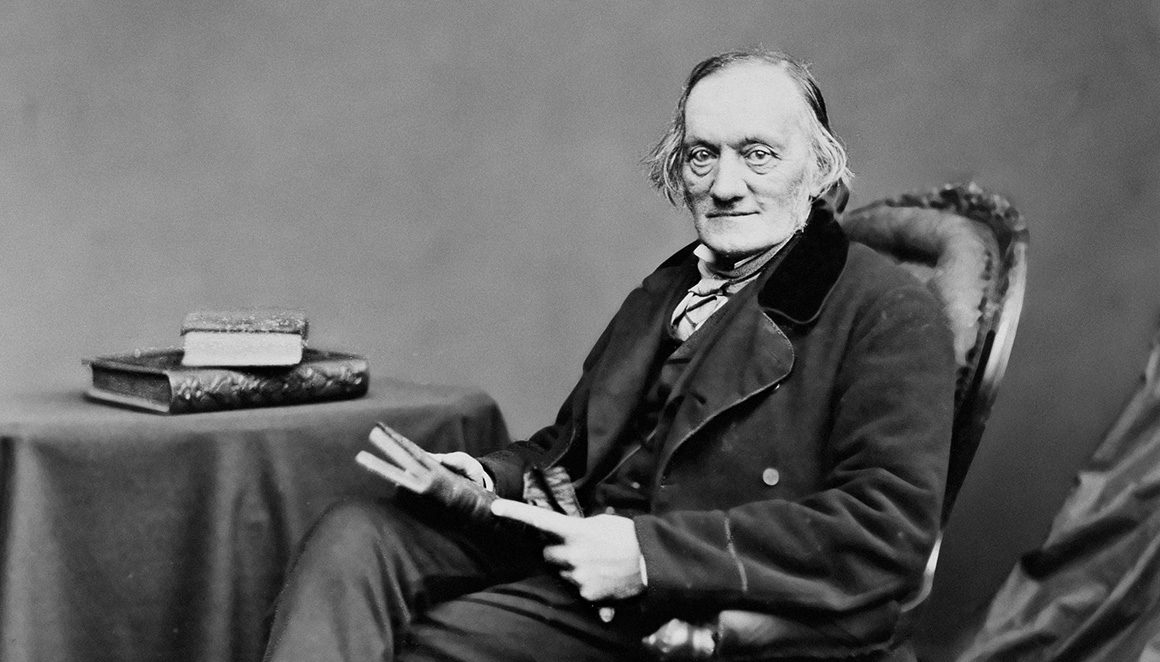
Sir Richard Owen, founder of the Natural History Museum in London
The founding of the Natural History Museum in London can be traced back to the ambition of one man: Sir Richard Owen.
Born in 1804 in Lancaster, Owen was a divisive figure in Victorian science. He was an extremely talented anatomist, a tutor to royalty, and is often credited with the discovery of the dinosaurs. But he could be difficult to work with, and his rivals often described him as arrogant.
Rise to power
Owen's fame, skills and contacts meant he eventually rose to the prominent position of Superintendent of Natural History at the British Museum in 1856.
Yet he quickly became frustrated with the lack of space at the British Museum for displaying the natural history collections.
He campaigned for the collections to be removed and housed in a separate, dedicated museum of natural history. It was particularly important to Owen that this new museum was large enough to display all aspects of nature, even the largest of animals - whales.
'The largest animals upon the Earth'
At a meeting of the British Association for the Advancement of Science, Owen put forward the case for a dedicated Natural History Museum, with whales at the centre of his proposal.
'The very fact of the whales being the largest animals upon the Earth, is that which makes it more imperative to illustrate the fact and gratify the natural interest of the public by the adequate and convenient exhibition of their skeletons.'
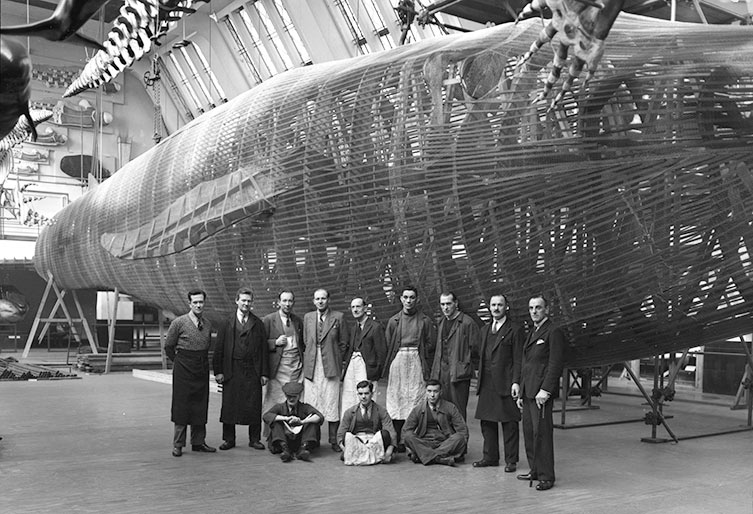
Staff stand in front of a blue whale model. In this photo, taken in the 1930s, the Whale Hall had only just opened.
Ambitions finally fulfilled
After many years of work and political wrangling, the Museum finally opened in 1881 with Owen at the helm as its Superintendent.
However, there were no whale skeletons yet on display. The British Museum's zoology collections were only transferred a year after the opening, and none of the gallery spaces at that time were large enough for Owen's grand vision.
Plans for a dedicated space for the display of whales were finally realised in the 1930s, following decades of funding problems, political manoeuvring and the First World War.
Owen retired in 1883 and would never see the Whale Hall. Due to funding problems, politics and the First World War, the hall wasn't built until the 1930s, long after Owen's death.
Building on the legacy
The blue whale suspended from the ceiling of Hintze Hall would certainly have appealed to Owen, who put great emphasis on displaying the marvels of nature in the grandest of settings.
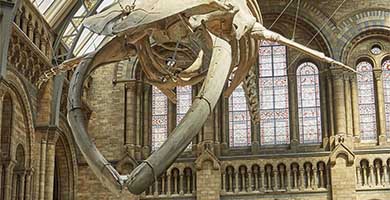
See the blue whale
Visit the Museum to walk beneath the largest animal ever to have lived.

Dive deeper
Explore stories about whales and other ocean life, and find marine-themed events.
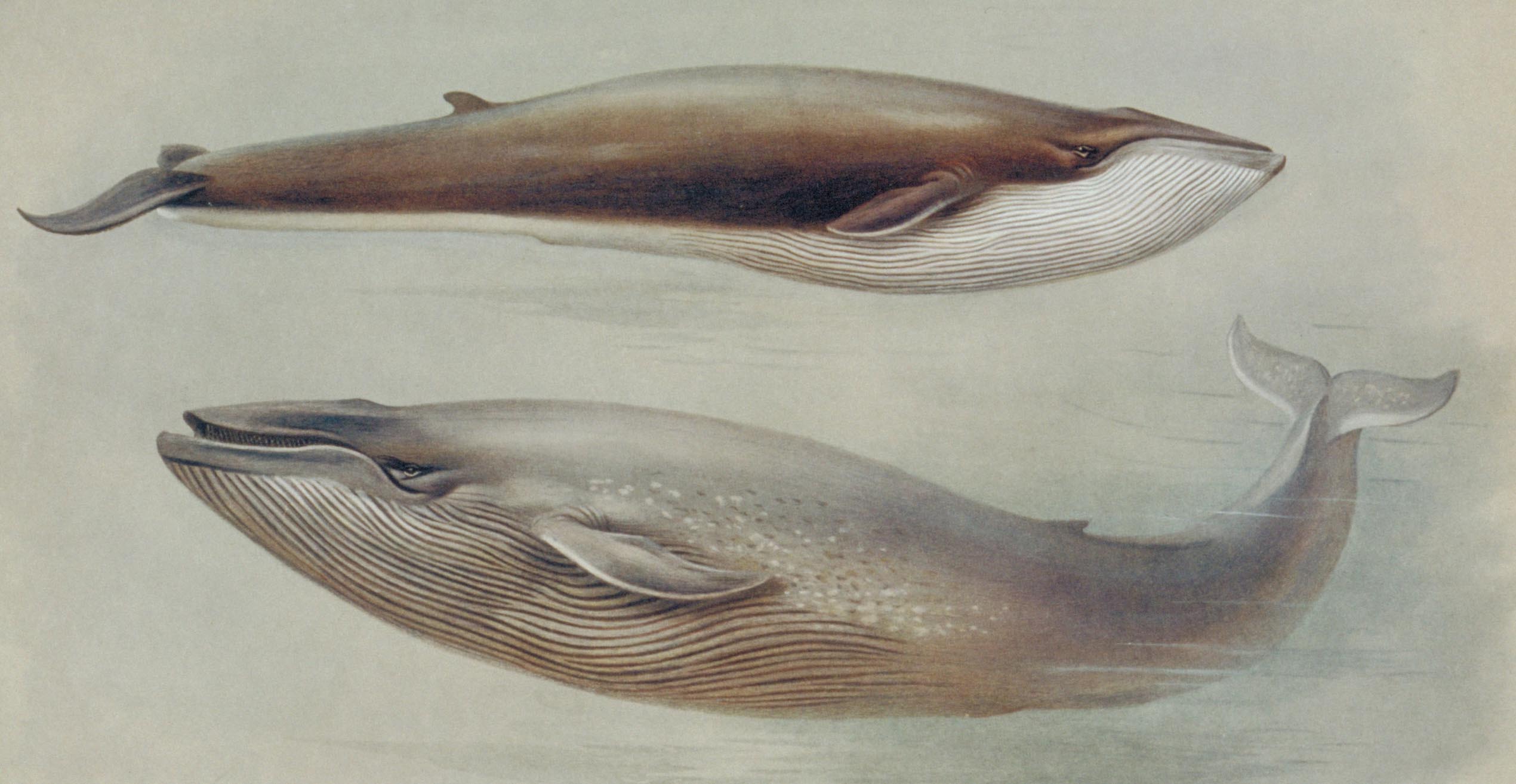


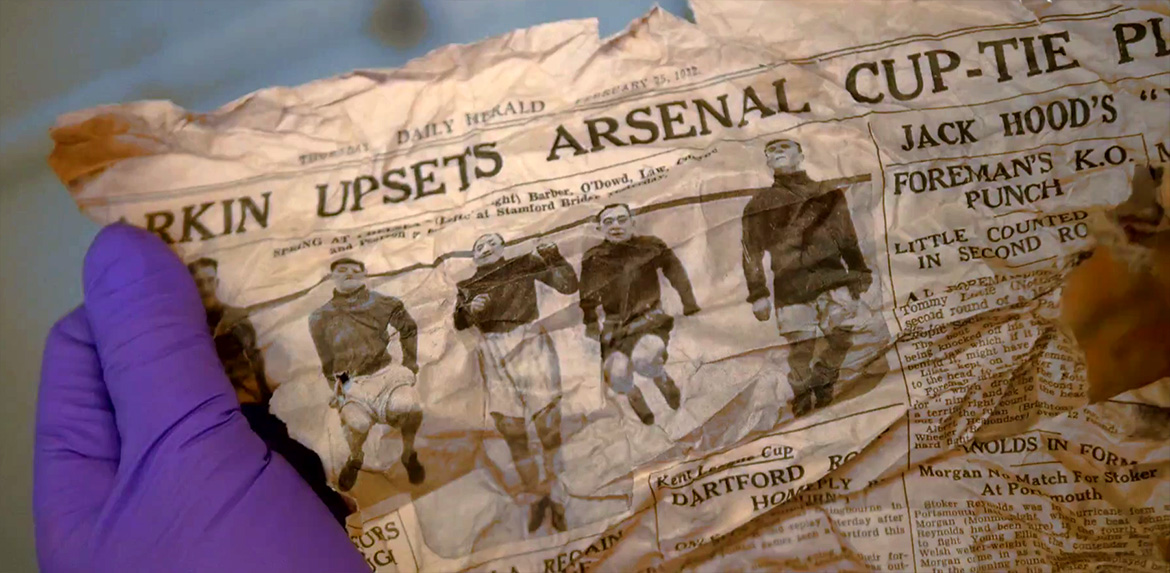
Don't miss a thing
Receive email updates about our news, science, exhibitions, events, products, services and fundraising activities. We may occasionally include third-party content from our corporate partners and other museums. We will not share your personal details with these third parties. You must be over the age of 13. Privacy notice.
Follow us on social media